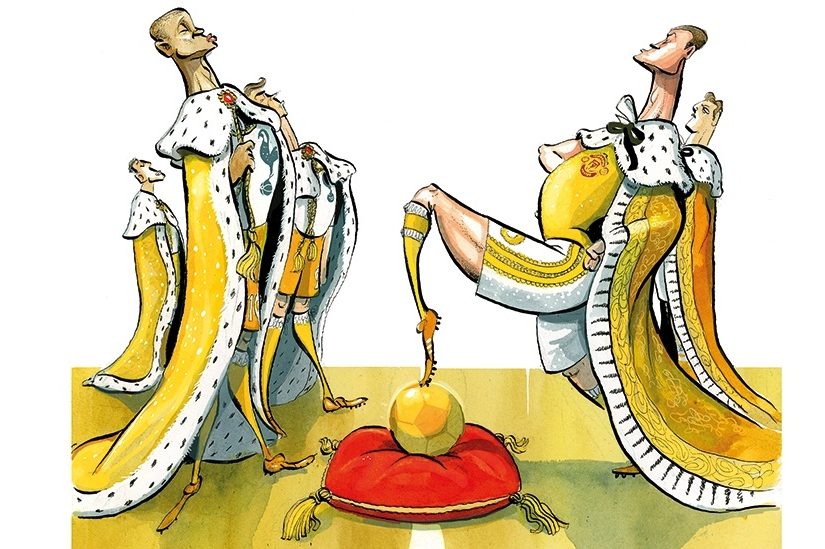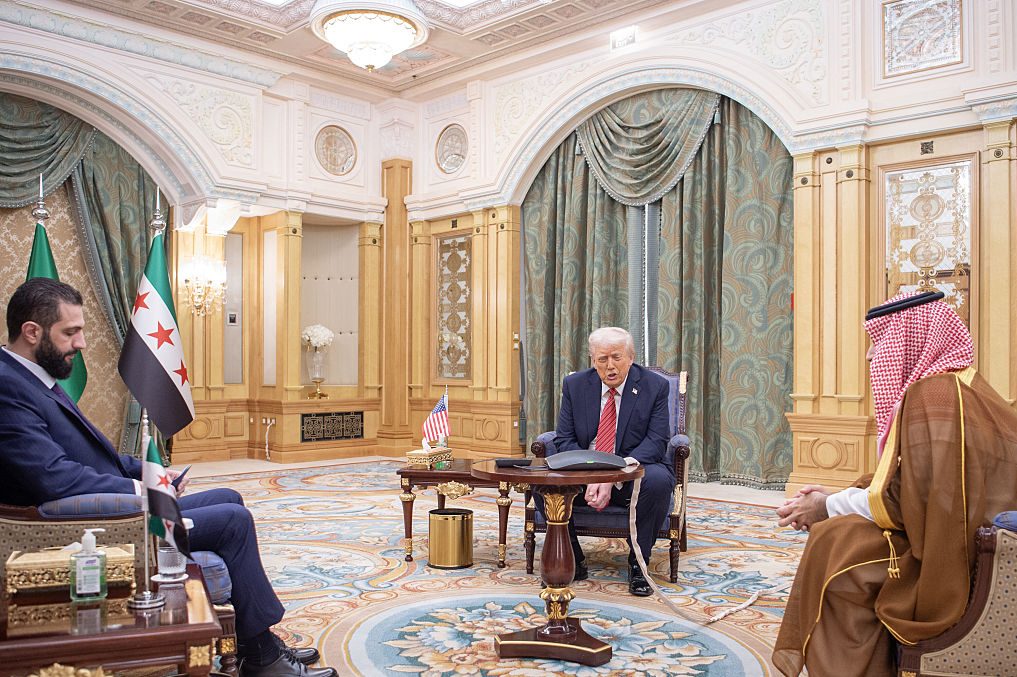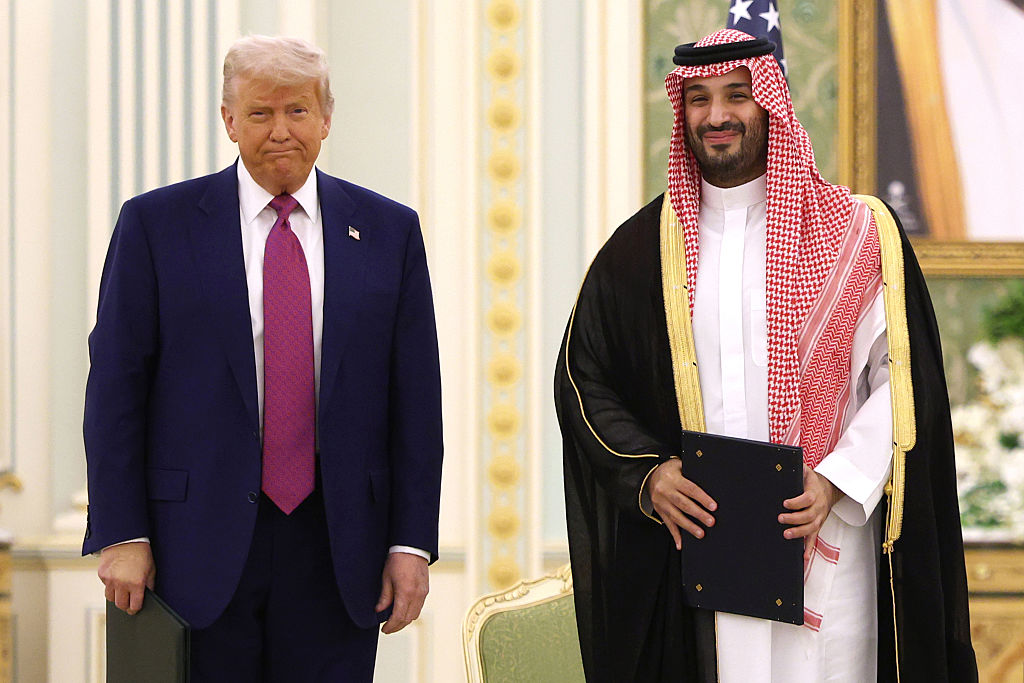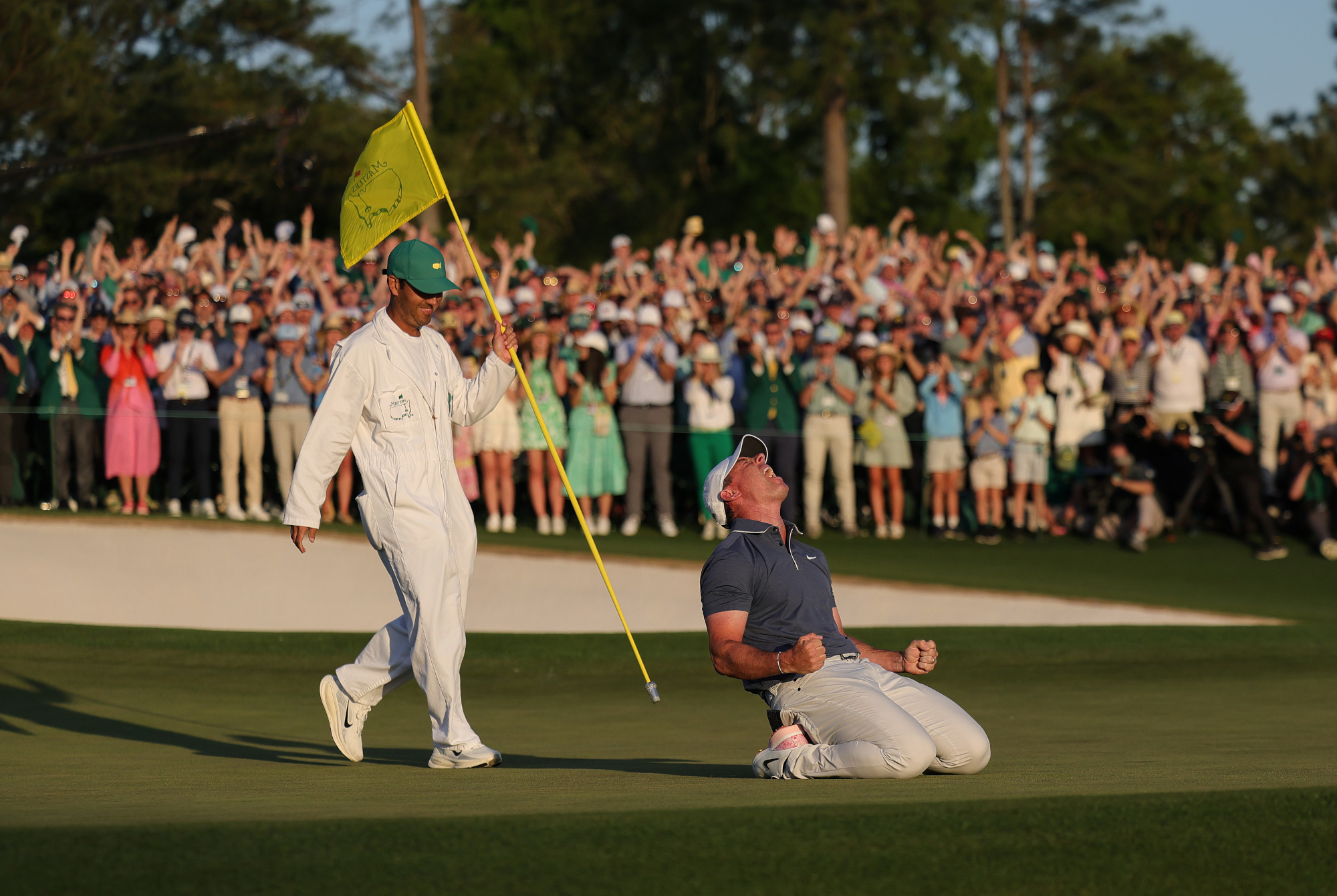The world’s top soccer players now have a bigger following than the clubs they play for. Fans are beginning to support superstar players as they move around from club to club rather than sticking with a team — and this threatens the very foundations of the sport.
Streaming and social media are largely to blame. After Pelé signed for the New York Cosmos in the mid-1970s, only 40,000 US soccer enthusiasts would flock to the old Giants’ stadium. Earlier this month when Lionel Messi joined Inter Miami in Florida, the club’s co-owner David Beckham claimed that Messi’s unveiling had 3.5 billion views online. Such a feat was unthinkable only a couple of years ago and it means that players like Messi develop into megastars with their own gravitational pull.
The growth of international broadcasting and the social media boom means more and more fans can follow their heroes from breakfast to training, match day to holiday, and ultimately, club to club. Old loyalties are being challenged as younger fans experience the game in a completely new way.
It’s unrealistic to expect these star-struck fans to choose a team over a player. Around 12 million soccer lovers in South Korea, nearly a quarter of the population, have picked Tottenham Hotspur. They have no particular attachment to north London or the 140-year-old club that calls it home. But the country’s biggest celebrity, Heung-Min Son, scores goals there. When Tottenham matches are broadcast in South Korea, there’s an icon above the scorecard to show whether he is playing or not. One of Tottenham’s players, Eric Dier, was vilified on Korean social media after he was caught on camera arguing with Son. These fans are loyal to their compatriot, not the club. If Son is transferred, they’ll follow him without a backward look at Tottenham.
You can’t blame the players. They’re professionals and will move when they’re sold, uprooting their families’ lives. What’s changed is that they take droves of fans with them. In 2018, when Cristiano Ronaldo swapped Real Madrid for Juventus, the Italian club sold $60 million worth of shirts in twenty-four hours, more than half the amount that they’d sold in the entire previous season. Ronaldo is the most followed person on Instagram and recently overtook a Kardashian to become the highest-paid on the platform. Around 600 million people refresh their feeds every day to get an insight into his life, some 100 million more than his rival Messi, who’s the second most followed. Ronaldo’s branding is just as important as his soccer playing prowess.
For his most recent transfer in January, Ronaldo went to the Saudi Arabian team al-Nassr. Few people had ever heard of the club, yet it still sold $50 million worth of attire in two days. Al-Nassr put Ronaldo straight to work. Within two weeks he fronted a Riyadh All-Star XI against Messi’s then club, Paris Saint-Germain. Some critics questioned why an exhibition match was being played during an intense mid-season. Ronaldo and Messi’s fans didn’t seem to care. Millions watched the world’s two best soccer players go head to head. The fact that the fixture had nothing at stake didn’t matter. Fans wanted to see the players, not the teams.
But this comes at a cost. Soccer has had a century or more of club support built around local communities, with loyalty often passed down from father to son. If we lose this inherited loyalty, we lose the joy and despair that come with following a team through thick and thin, through decades of failure as well as glory.
Back in America, the soccer league can’t wait to put Messi in its all-star team. The execs are eyeing up a rematch between Messi and Riyadh’s Ronaldo. This time the fixture will have two made-up teams playing a match that doesn’t matter. Many see it as the Harlem Globetrottification of soccer.
It’s no wonder really that such players have been co-opted into the ranks of American stardom. At Messi’s debut in Miami, US sporting royalty turned up to see him score a last-minute winner. Football’s Tom Brady, tennis’s Serena Williams and basketball’s LeBron James cheered him on. LeBron, by the way, is his sport’s most popular player by some margin — and in the National Basketball Association too, more than a quarter of fans are more loyal to a player than their club. Two in five would prefer their favorite star to be crowned “Most Valued Player” than their team to win the NBA championship. These attitudes have slowly defanged the leagues and weakened traditional club rivalries in American sports. Devotion to a team — which for centuries has been a (largely) peaceful way of channeling our tendency towards tribalism — is disappearing.
It’s the younger supporters who are most susceptible. The European Club Association found that of the people who followed soccer “for the player,” the majority were aged between thirteen and thirty-five. It explains why in England almost half of sixteen- to twenty-four-year-olds support at least two teams and a third follow three or more. And with so much money being used to build the Saudi league, the number of star players leaving Europe will only accelerate.
Paris Saint-Germain have just accepted a $330 million bid from another Riyadh-based club, al Hilal, for their ace striker Kylian Mbappé. His new club have reportedly offered him a world-record salary of $775 million. However, the Saudis know they’ll be buying a large chunk of Mbappé’s hundreds of millions of social media followers too. What will become of the clubs who lose their stars this way? It’s hard not to feel the game will lose some of its beauty when the clubs lose their appeal.
This article was originally published in The Spectator’s UK magazine. Subscribe to the World edition here.

























